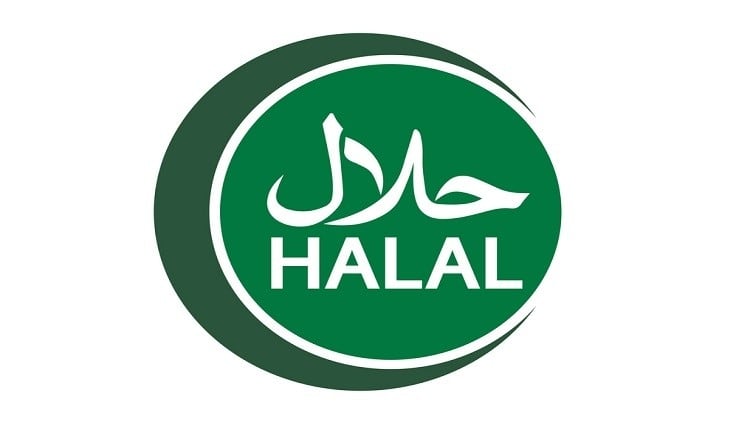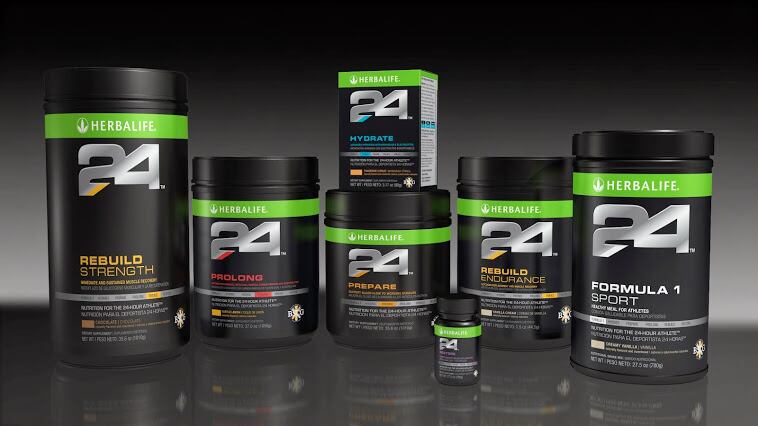The firm revealed the numbers in its Q2 earning reports, adding this marked the sixth quarter in a row that the region has set a new all-time record for sales volume.
Within South East Asia (SEA), Vietnam, Malaysia, and Indonesia were the top performers in terms of volume, with a growth of 40%, 32%, and 28% respectively. India also grew by 36%.
“We believe that this growth momentum will continue as we strengthen our focus on delivering customer-focused nutrition solutions with a personalised, high-touch approach to catalyse sustainable long-term change for a healthier APAC,” Herbalife’s APAC senior VP and MD, Stephen Conchie said in response to queries from NutraIngredients-Asia.
Conchie also provided the following breakdown of key opportunities that the firms sees in APAC’s health and nutrition market.
1. Obesity
The firm has identified the prevalence of obesity as a key market opportunity.
Citing figures from the Asian Development Bank, Conchie pointed out that two out of five adults in APAC were overweight or obese.
In addition, the total cost of public health expenditure to tackle the issue has hit US$166bn per year, amounting to 0.78% of the region’s GDP.
Against this backdrop, the firm, which has meal replacement as part of its core portfolio, said that the Formula 1 Nutritional Shake Mix, Herbal Aloe Concentrate Mix, and Tea Mix, were its best sellers in SEA.
In fact, the Formula 1 Nutritional Shake Mix has made up 30% of the firm’s global net sales in the past three years.
2. Ageing
With an ageing population, Conchie said the firm has noticed a strong demand for healthy ageing products.
“We are seeing strong growth in demand for healthy ageing products from consumers across demographic groups. 70% of the millennials and baby boomers today are on the lookout for healthy aging products ranging from skincare to nutrition,” Conchie said.
The healthy ageing products ranges from nutrition supplements for improving digestive health, heart health, bone health, joint health and eye health.
More than 200 million people are expected to be 65 years and above in APAC by 2030, according to a report titled “Advancing into the Golden Years” by the APAC Risk Centre.
3. Personalised nutrition
The growing awareness in personalised nutrition is another area that the firm can tapped into, Conchie pointed out.
He believes that the firm’s network of independent members will allow the firm to tailor personalised nutrition programs to the customers’ wellness goals.
Distribution
As for product distribution, the firm’s number of access points in SEA rose by 49% in last year as compared to 2016.
Moving forward, Conchie said the firm would expand access to its products through the opening of its shared service and sales centres in SEA.
“We are also leveraging technology heavily in our operations today to support product access and distribution across the region,” he added.
Two-pronged R&D strategy
The firm relies on a two-pronged strategy for its R&D to meet consumers’ demands.
This includes enhancing the present portfolio and venturing into unexplored categories.
“First, we are committed to investing in new products that fill the gaps in our product line-up, including adding new flavours for our most popular products, enabling convenience of consumption by developing easy-to-eat nutrition snacks and bars, and developing products that customers can consume in the evening such as savoury shakes and soups.
“Secondly, we are working on developing products in new and unexplored categories to present more choices to both current and new customers,” Conchie said.
The firm currently has five manufacturing facilities around the world, with two of the Asian facilities located in China’s Suzhou and Nanjing.
Conchie pointed out that the firm had poured over US$300m in its see-to-feed program since 2010 to harness new technology, conduct scientific research, and gather consumer data for product creation.





